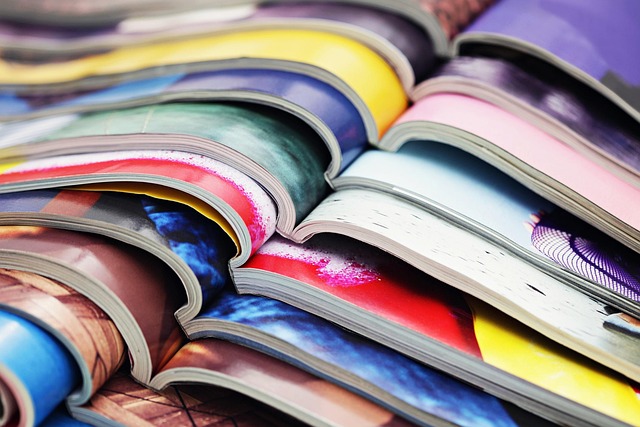When we think of the intersections of fine arts and culture, the mind often wanders to grand exhibitions, thought-provoking installations, and vibrant performances that challenge the status quo. However, nestled within this beautiful tapestry lies a crucial element that helps communicate and elevate these artistic expressions: publication design.
Publication design is not merely about arranging text and images; it is a profound discipline that encapsulates the essence of artistic intention and cultural narrative. It is the visual language that interprets and translates artistic endeavors for diverse audiences. In the realm of fine arts, where sensory experiences reign supreme, publication design acts as a bridge between the artist’s vision and the viewer’s understanding.
Art magazines, exhibition catalogs, and cultural journals serve as platforms for artists and curators to articulate their messages. Through carefully curated layouts, color palettes, and typography, designers craft a story that resonates with the aesthetic and thematic cores of the works showcased. Each design choice is a calculated step in guiding the reader’s journey—a visual pathway that leads them into the heart of culture and creativity.
In considering the art of publication design, one must also acknowledge the influence of cultural context. Different cultures bring distinct narratives, styles, and philosophies to the table. A publication that seeks to represent Asian contemporary art, for example, might incorporate traditional motifs and employ design principles that reflect its cultural heritage. Conversely, an avant-garde publication focused on Western modernism may embrace stark minimalism and bold experimentation. Thus, understanding the cultural backdrop is pivotal in shaping a publication’s design approach.
Moreover, fine arts often provoke thought and elicit emotions that are as layered and nuanced as the works themselves. Designers must capture this complexity in their layouts. The interplay of images and text should evoke a response, allowing the audience to feel the artwork’s emotion even before they engage with it in person. For instance, a well-designed publication might juxtapose high-contrast images with delicate typography, embodying a sense of tension that mirrors the artwork’s emotional landscape.
The role of a designer in this creative dialogue is paramount. They are not just manufacturers of printed materials; they are storytellers, translators of visual language, and curators of cultural narratives. In a world where attention spans are fleeting, compelling publication design becomes a powerful tool to capture interest and ignite passions, ensuring that the stories within the fine arts and cultural arenas do not fade into obscurity.
Finding harmony between art and design is akin to orchestrating a symphony. Each element—color, shape, space, and typography—plays a pivotal role in creating a cohesive experience that resonates with audiences. As we embark on this journey of mastering publication design within the realms of fine arts and culture, we embrace the challenge of fusing creativity with communication, ensuring that the beauty of art and its potent narratives are shared widely and meaningfully.
As we continue to innovate and redefine the boundaries of publication design, let us celebrate the artistic voices that inspire us and the design techniques that bring their stories to life.




